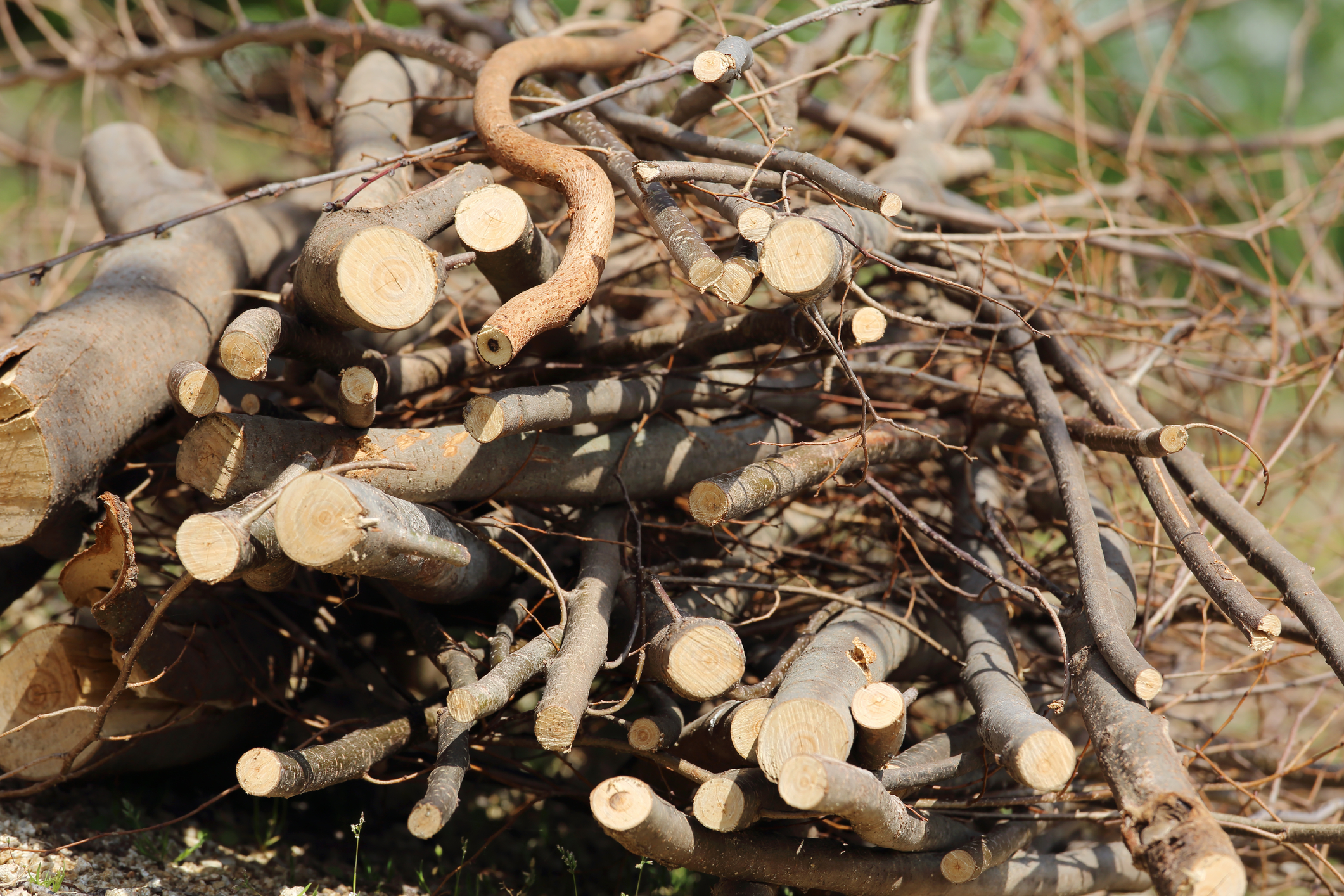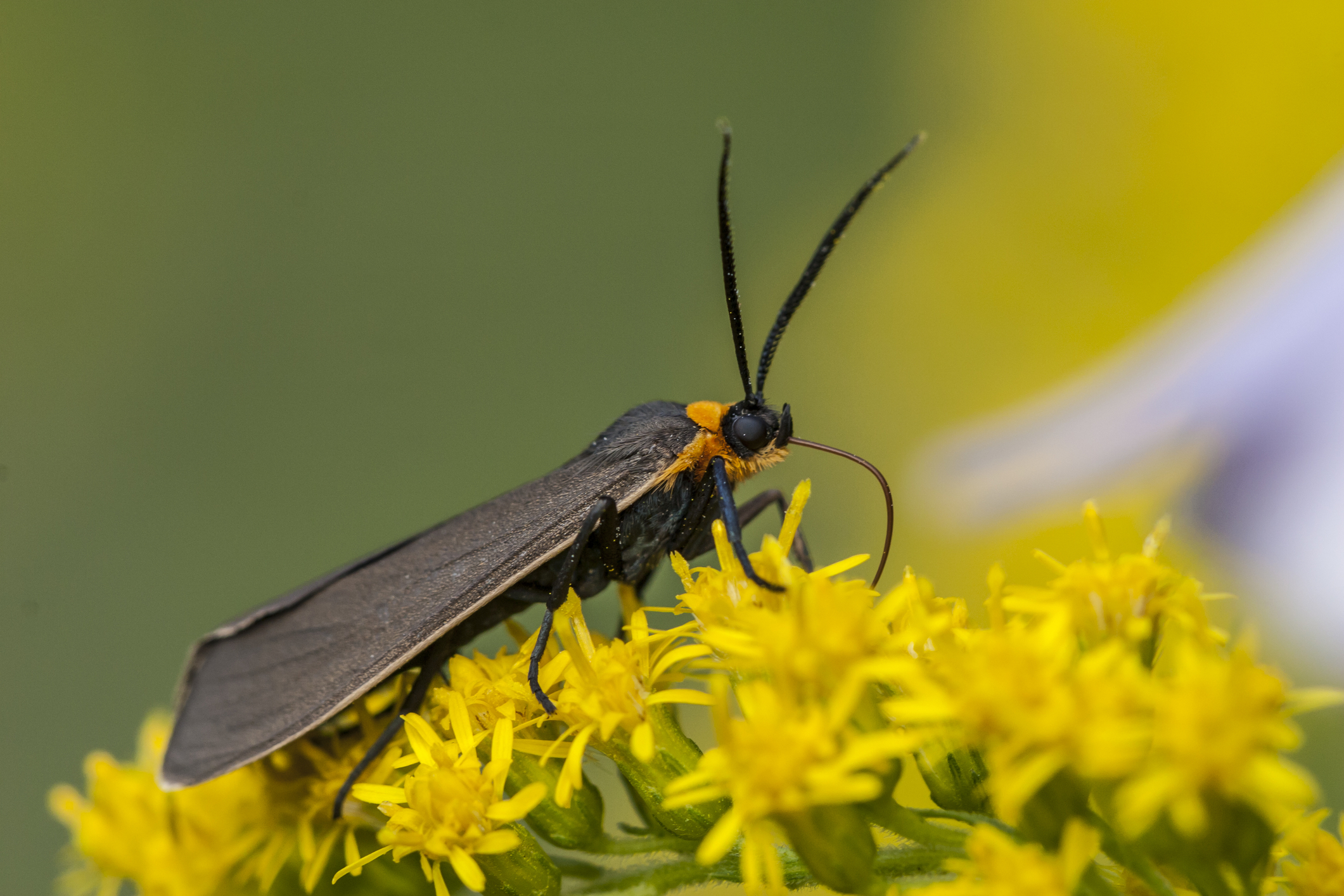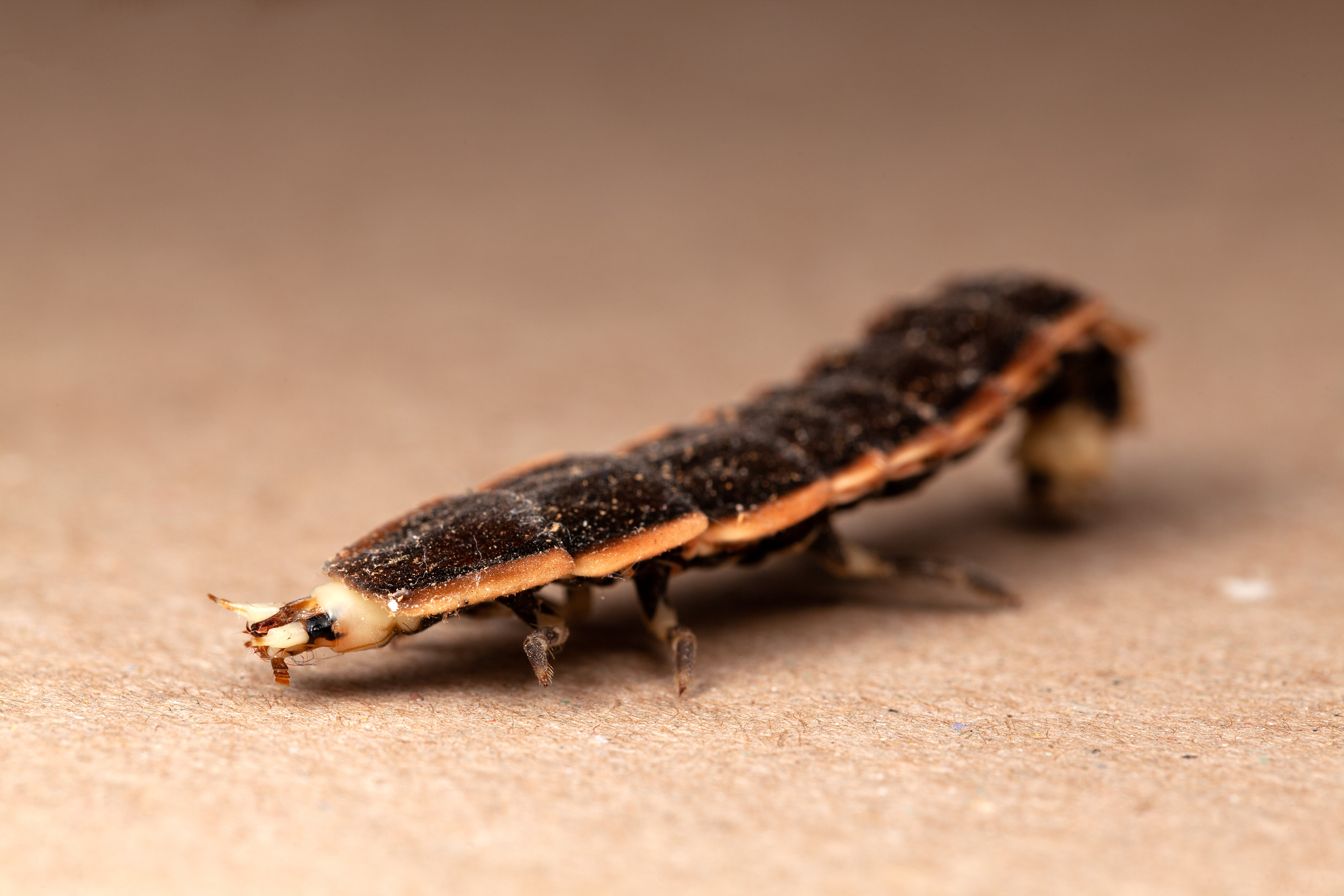Growing up in mid-Missouri, June was the “firefly month.” Some of my fondest childhood memories are of catching fireflies and putting them in glass canning jars to create my own lantern for the evening. I loved watching them flash on and off until I had to let them fly off into the night sky again. Hearing my story, my science-loving granddaughter was anxious to head into the yard and try her luck at it. Out we went, jar in hand only to meet disappointment head on. There were no fireflies to be seen. Like many areas across the country, our night skies are no longer filled with these well-loved creatures.
Fireflies, Lampyridae, are not flies; they are actually part of the beetle family. Of the 2,000 species of fireflies worldwide, about 175 known species are found in the United States and Canada. Forty-nine states are home to these insects. Fireflies, or lightning bugs as they are sometimes called, can be found in meadows, around streams, at the edges of woods and in yards that offer the right conditions. They are nocturnal and crepuscular, or active at dawn and dusk.
Like other beetles, fireflies go through four stages of their life cycle: egg, larva, pupa and adult. Eggs are typically laid in mid-summer and, depending on the species, are placed in or on soil, under mulch or piles of leaves, or burrowed in rotten logs and branches. The eggs hatch in 3 or 4 weeks, usually late summer. The larvae (sometimes called glowworms) live in damp soil and moist environments like lowlands, wetlands, lakes and streams, and like the adults, are nocturnal.
After passing the winter (most species go through two winters) the larvae create mud chambers in the soil or attach upside down to a tree branch to pupate. Within a few weeks, adults emerge, ready to reproduce, which brings the cycle back to a summer evening and a spectacular light show. Their bioluminescence , those flashing lights, is really not meant as entertainment for us, it is in fact a courtship ritual. Each species of firefly has its own pattern of movements, flashes and rhythms to attract a mate. Without nighttime darkness, their light signals do not stand out enough to attract potential mates, which ultimately means fewer eggs laid. Adult fireflies rarely live longer than two weeks.
While many of us think of fireflies as just a form of nighttime entertainment, in reality, fireflies are actually beneficial insects. The larvae voraciously consume slugs, snails, worms and other soft-bodied insects as well as insect larvae by injecting them with an enzyme that paralyzes their prey and then liquefies them. Although most adults feed on other insects, some feed on pollen and nectar, especially that of milkweed plants. Some researchers believe that the mil;kweed contributes to a fireflies’ toxicity in much the same way it does to monarch butterflies' toxicity. Fireflies, like monarchs, are prey to few other predators such as birds and spiders because their bodies contain chemicals that are not only unappetizing but are often toxic.
Adult fireflies, because of their bioluminescent enzyme luciferase, are important to scientists and researchers doing gene studies as they observe biochemical processes. There is speculation that fireflies’ glowing molecules can be harnessed to use in identifying human cancer cells. If achieved, the process could be a quick, easy and inexpensive diagnostic tool.
The dramatic decline in the number of fireflies is an environmental warning sign that needs to be heeded. Currently, at least 18 species are at risk of extinction. Habitat destruction, overuse of toxic chemicals, poor water quality, climate changes producing droughts and rising temperatures, light pollution and unsustainable tourism are believed to be the major problems that these beloved insects face.
Nationally, we are beginning to address the sinking numbers. To date, a few sanctuaries dedicated to education and preservation have been established in Connecticut, Florida, Arkansas and Pennsylvania, but more are needed. Great Smoky Mountains National Park has restricted the number of yearly viewers of the synchronous light shows in the park. Other fully private sanctuaries exist that are strictly for protecting the vital habitats of endangered fireflies.
Citizen science programs have been developed so that the public can be trained to identify specific species and report activity in their areas. Firefly Atlas, www.fireflyatlas.org , sponsored by Xerces Society, has several programs and lots of educational information available online. Another excellent citizen science program is run through the iNaturalist site, www.inaturalist.org.
Closer to home however, you can create your own firefly sanctuary by following just a few simple steps:
- Avoid unnecessary pesticide use. Toxic chemicals don’t discriminate between the good bugs and the harmful ones. They just kill them all.
- Give them a place to call home. During the daylight hours, fireflies need to rest. Tall grass, leafy shrubs and low-growing plants like ground covers give them a safe retreat.
- Provide moisture. Fireflies gather together around puddles during mating season.
- Keep it dark. Night lighting can interfere with their ability to complete their mating rituals.
- Plant trees, especially thick evergreens that block out artificial light.
- Add a wood pile that can become a buffet for feeding firefly larvae.
- Add plenty of native flowers, especially varieties of milkweed, that provide pollen and nectar for adults.
Looking over my pollinator garden, I am excited to realize that I have the beginning of my own firefly sanctuary. With a few additions, I'm hopeful that I'll soon see new visitors. Check out your pollinator gardens; you may just have the start of a firefly sanctuary too.









